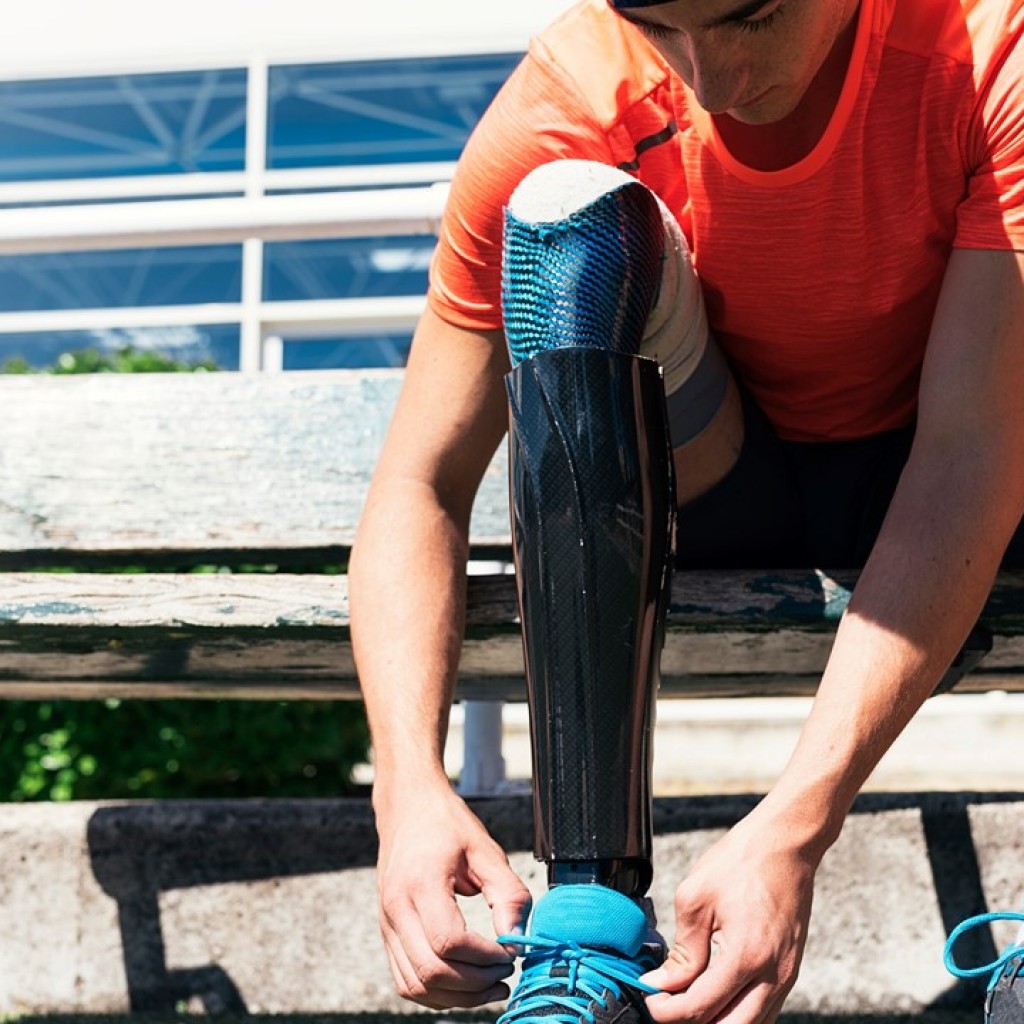Diabetes and lower limb complications: 85% of amputations are avoidable and other patient harm can be reduced with appropriate, timely care.
NHS Resolution, who insure hospital trusts and GPs across the UK, has produced a report on diabetic care and management of lower limb complications. This is described as a thematic review of clinical negligence claims and provides a revealing insight highlighting shortcomings in diabetic foot care in England, with input from specialist consultant diabetologists, the English Diabetes Footcare Network and the Royal College of Podiatry.
If you are a patient with diabetes, you are at risk of suffering from neuropathy and ulcers, which can become infected and ultimately increase the risk of amputation. This report identifies that amputation is not an inevitable progression of lower limb pathology and the importance that there is a thorough appreciation as to why it occurred.
In England, between 2017 and 2020, almost 8000 major diabetic lower limb amputations were reported, and the report states that a significant portion of diabetes related lower limb amputations are preventable.
Michael Edmonds is a Consultant Diabetologist and has commented on the report. The findings of the investigation conclude that healthcare professionals need to increase their understanding of the sequence of events that leads to amputation, learn and then practice the skills to intervene to halt the downward spiral to major amputation.
The report makes recommendations to improve patient care and proposes certain standards which should be put into practice and regularly reviewed. It is hoped that, by doing this, the preventable loss of limbs due to diabetes be reduced and the trend of the increasing number of major amputations in England be reversed.
NHS Resolution has analysed the statistics, and since 2013, there has been an increase in the number and value of medical negligence claims involving patients with diabetes-related lower limb complications. The majority of claims have involved patients with a diabetic foot ulcer who went on to undergo a major lower limb amputation. Michael Edmonds explains that all possible lessons should be learnt from the circumstances surrounding such amputations and patient safety improved.
A thematic analysis of 92 claims of negligence for lower limb problems involving patients with diabetes was undertaken. This revealed themes of unacceptable delays in diagnosis and referral to a specialist care unit. It is now accepted that in the practice of modern diabetes care, the Multidisciplinary Diabetic Foot Team can reduce amputations. The report regrets the “absence of integrated multi-disciplinary care despite multiple disciplines being involved”.
Helen Vernon, Chief Executive Officer for NHS Resolution, comments on the report. She explains that it is reported that 85% of amputations are avoidable. She highlights the importance of appropriate recognition of the pathology, followed by the provision of timely care, which is needed to reduce amputations and improve patient outcomes. The report highlights delays in recognising the severity of diabetic foot disease, and subsequently delays in the care provided.
Losing lower limb function or undergoing an amputation has the potential to affect all aspects of a patient’s life; reducing their ability to work, socialise and remain independent. The impact of diabetes-related lower limb complications is such that it is listed as one of the top ten causes of the disability burden worldwide.
Limb loss is seen as one of the most catastrophic complications, with death rates after an amputation worse than those for most cancers.
The study has reported that patients with diabetic foot disease fear lower limb amputation, more than they do death.
Find out more
Our specialist medical negligence team have acting for many patients who have suffered complications of diabetes, including amputation. By pursuing a medical negligence claim, it allows compensation for the avoidable pain and suffering, as well as past and future losses such as loss of earnings, care, aids, equipment, prosthesis, and adapted accommodation.





